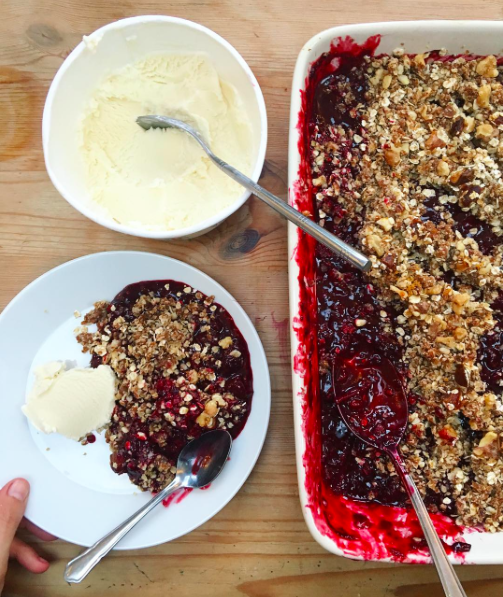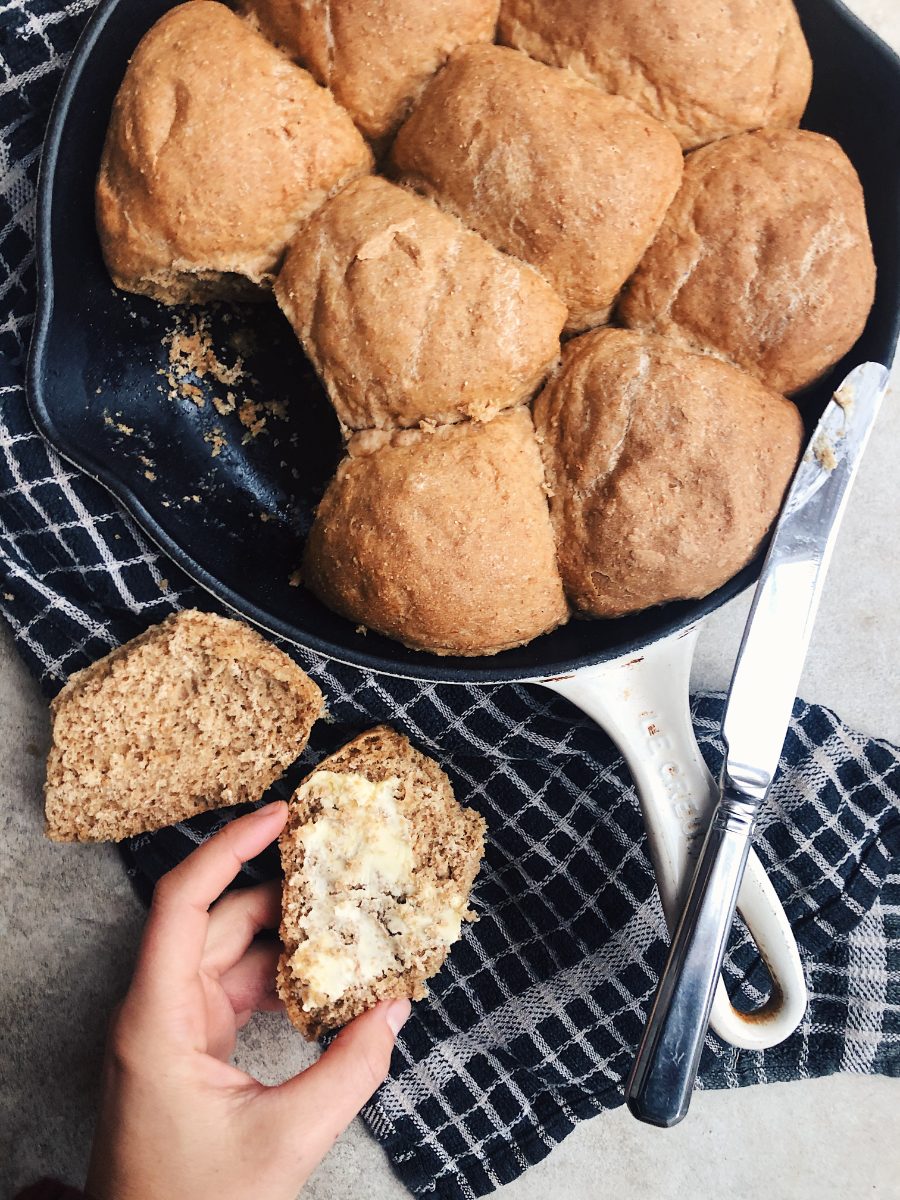How to Food Shop Well on a Budget! Part 2
I LOVE that you’re looking at how you can food shop well on a budget! You can read the first part of this post: How to Shop Well on a Budget Part 1 HERE. That post is specifically the first keys I’d look to for finding and using your food budget the best you can, so start there! In this Part 2 blog post I have a few further keys for sticking to your food budget – that our family of 5 use all the time. Every one of the tips below saves us money every single month. And I hope it helps the same be true for you!
What should my grocery budget be?
Everyone’s budget and food budget is different. But what if you don’t know what your grocery budget should be? Go back to THIS part 1 post and the first there are some pointers in my first tip there. There’s also a little cheat sheet for the US and UK which might help you if you want a ball park for averages.
It’s work but worth it! Managing your food budget well is hard work, but empowering!
Having tools to help you stick to your food budget can be so empowering! I know first hand, money and food can be so stressful. But having some strategies for managing food every week can really help you stick to your budget, or get the most from what you have to spend on food. I wish I could tell you there was a hack, there isn’t. It’s hard work but brings SO much peace and empowerment so stick at it.
Let’s dive into more things that can help you save every single month and food shop well on a budget!
1. KNOW THE COST OF EVERY FOOD YOU BUY
Do you know the rough cost of everything you buy? Lots of people don’t, but it informs our shopping SO much. It helps me quickly calculate the cost of every meal, or shop around for the best options. It will also help you as you go forward to build your meal plans with an awareness of which meals cost more so you can balance your weekly plan better. This is the tool I use to help me with that. We need to be able to assess the cost of the meals we plan. That way we can add in the less pricey meals more, and space out the more pricey ones. Or find ways to adjust them to fit better.
2. TRY THE MOVE TOWARDS NO SNACKING.
This is never a popular opinion but it only gets 100% positive feedback when people try it! And it’s not just for kids! There are a few reasons we avoid snacking and only eat meals. Snack foods on the whole are more expensive and if you have kids, they are a drain on time to constantly get or make. But aside from that, when we snack, everyone comes to the table less hungry. That equals being more picky. And if anyone knows they can snack again later, they’re less inclined to eat what they’re giving which can cause waste. If one of us hasn’t been with the kids during the day, we can still instantly tell if they’ve snacked or not by how they eat dinner. I’ve seen many meals where the kids say “I don’t like it” if they’ve snacked, but they gobble it up if they come to the table hungry. It’s well worth a try.
Snacks typically mean trading the lower cost real meal foods, for more pricey snack foods around meals.
Sometimes we do 4 meals a day, if the day needs that. But the key is that the 4th isn’t a snack food meal. It’s foods like any other meal, or leftovers eaten intentionally with regard tot he budget.
3. DISCOVER CLEARANCE + WASTE FOOD OPTIONS LOCALLY
A lot of shops have a waste food option. Maybe at a certain time of the week, or a specific shelf. These can be really useful for saving a bit. Also look at options like Olio for sharing unwanted food between neighbours and Too Good To Go for picking up unwanted food from shops and restaurants. Both are available in many countries and can be really useful for saving a bit here and there or a lot regularly.
4. BE OK WITH LEFTOVERS AND “STRANGE MEALS”
Or at least once in a while. As you do that fridge check there might not be all the ingredients for “XYZ casserole” or a recipe with a name, or for everyone to eat the same meal. But it’s ok for different people at the table to eat different things, or to throw a not normal topping on a pizza or stir some leftover pesto pasta into the meat layer of lasagne to use it up! Have a list of meals that use up leftovers well – for me I make blended soups, throw veggies in pasta sauce, little bits of leftover meat on pizza. I leave spaces for “leftovers” meals in the meal plan to force us to do this. (But I also have a jar of cheap pasta and sauce in the cupboard in case there truly are no leftovers.)
5. BUY IN BULK IF YOU CAN
If you have the cash flow to buy certain ingredients in bulk it can really make a difference. For example, I buy a 50lb bag of flour and the cost goes down by about 30% which massively adds up. All my bread, pizza bases etc now cost a third less. Where you live will change what’s possible but if you have a spare minute ask or look around for ways to do this. Even buying a larger jar of jam or the slightly larger pasta box can make a difference to price. Make sure you don’t do this and then eat it faster than fits in your plan/budget!
6. TALK TO THE PEOPLE YOU SHOP FOR/WITH!
If you’re the one responsible for shopping or managing the budget, you need to talk to the other people you shop with/for and all be on the same page. It’s really hard to be alone in budgeting, or to have people eat from your fridge in a way that doesn’t fit with the meal plan or the way you shopped. The way people in the house eat HAS to be in line with the meal plan, budget and shopping. That might look like telling kids they need to ask before taking food, or a more in depth conversation with a spouse.
You might also be buying things thinking other people want them when they really don’t – or when a conversation could get you to a much cheaper option quickly!
These are often conversations filled with emotion, norms, and expectation and it’s easy to get heated when we’re talking money and food. They often take some collaborative problem solving, and compromise, but it’s very worth it to be on the same page.
So have a family/house meeting if everyone isn’t on the same page!
7. IF YOU HAVE KIDS, YOU ARE NOT VICTIM TO THEIR (FRUIT) PREFERENCES!
This gets it’s own point because it’s one of the most common things I hear parents say about food budgeting!
“My kids eat a tray of strawberries a day – it’s so expensive!”
“I’m spending so much on grapes, my kids demolish them as soon as I buy them.”
“I just spend _______ on blueberries and they were gone before we got home from the store!”
If you can’t afford to eat a certain way in your house, it’s got to be ok for the person doing the budget to explain how the budgeting works. And to explain how food needs to be distributed between days… and when we’re done with berries for the day.
When kids are old enough (which is actually quite young!) they can weigh in on small choices about how food budget is spent and managed to help them understand. But whoever is making the budget work, gets to make calls on how food is eaten – otherwise it’s impossible!
We say “Yes we do have more _____ in the house, but it’s not available for today cos we need it for a different meal!” or “That was so yummy, we’re going to eat something different now, those aren’t budgeted in for today.” Or “We want to save some of that for another day, so we’re going to enjoy this much but no more.”
8. COOK SOMETHING FROM SCRATCH!
Depending on how you shop and eat this can really help the budget. If you have the time, choosing one thing like bread or making beans from dry, making oatmeal over oatmeal packets or cereal, or homemade pizza can make a big difference. For me I started with the most expensive things to buy. Then I looked to see if I could make them. I started with blending our own seed butters cos nut butters were expensive (and we couldn’t do cheaper peanut butters.) Sourcing cheaper seeds and blending them made a chunk of difference each month. Then I started making sourdough weekly, and it cuts the cost of our bread and pizza dough by about 75%+. A massive saving for a quality food item. (I make the Country Bread recipe from the Tartine Cookbook for bread and pizza.)
Or one of the simplest is soaking and cooking beans from dry instead of buying from scratch.
If you have any premade things that you buy, cost out what it would look like to buy them yourself.
9. BE OK GOING WITHOUT!
This is maybe the hardest one for some people. Food is emotional and it’s more than just making a different choice. It’s also kind of the easiest change that takes no time at all! If you’re needing to reduce your spending in the area of groceries, see if there’s anything you can take out. I don’t mean something you fully don’t need or want – those shouldn’t be there anyway if you’re really budgeting! I mean the things you don’t want to let go of but really could let go of, for the sake of budget.
Which is more important, the loved item or a hitting budget? There isn’t a right answer but it’s a good question to ask yourself. The fancy granola – could it be simple oatmeal? The berries – could they be apples? The fancy nut butter – could it be cheaper peanut or sunflower seed butter? Could the expensive meal be a simple homemade soup?
It’s all an ongoing journey of practice and learning! Pick something you can implement today and take it on in your life. Then keep reassessing. It takes work, but if you want to get the most from your budget or spend less it really is worth it. We should all be budgeting whether it’s a need or doesn’t feel like a need. Money is powerful, and I truly believe in using it intentionally, wisely, and only using what we need. So let’s budget and budget well for our health, people and planet, and to do good!
OTHER POSTS YOU MIGHT ENJOY + HELPFUL LINKS:
CLICK HERE FOR PART 1 WITH OTHER PRACTICES THAT HELP US!
Our go to weekly veg box (15% off your 1st and 4th boxes) – UK delivery
A great magnetic meal planner for the fridge to keep it visible (UK option)
A great magnetic meal planner for the fridge to keep it visible (US option)
My top US option for bulk flour, grains, and well priced organic simple staples (that we used to use) – Azure Standard
UK Fresh Food + Grocery Deliveries: 4 nationwide favourites compared
Spending on Budget every day: A simple tip + free tool






